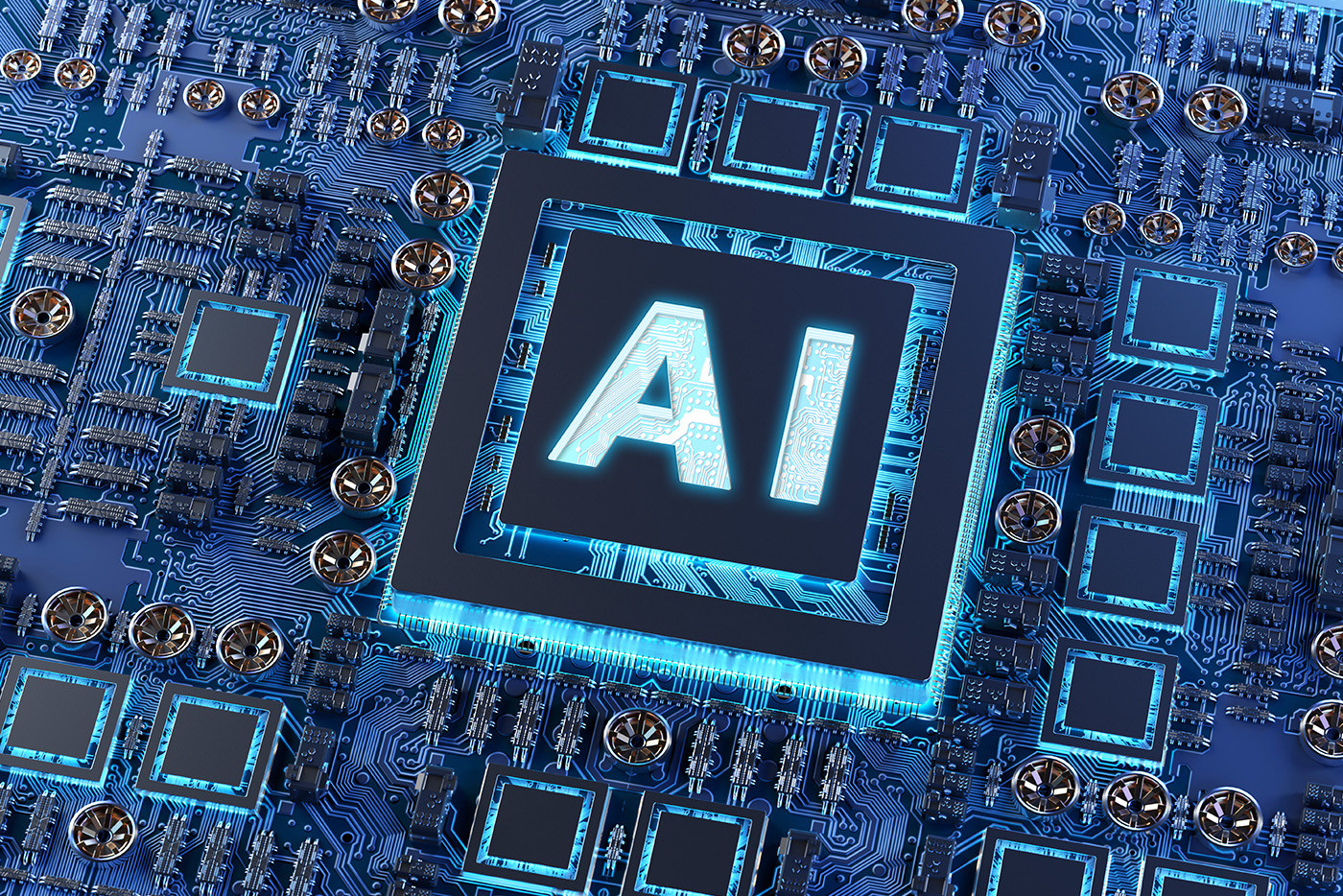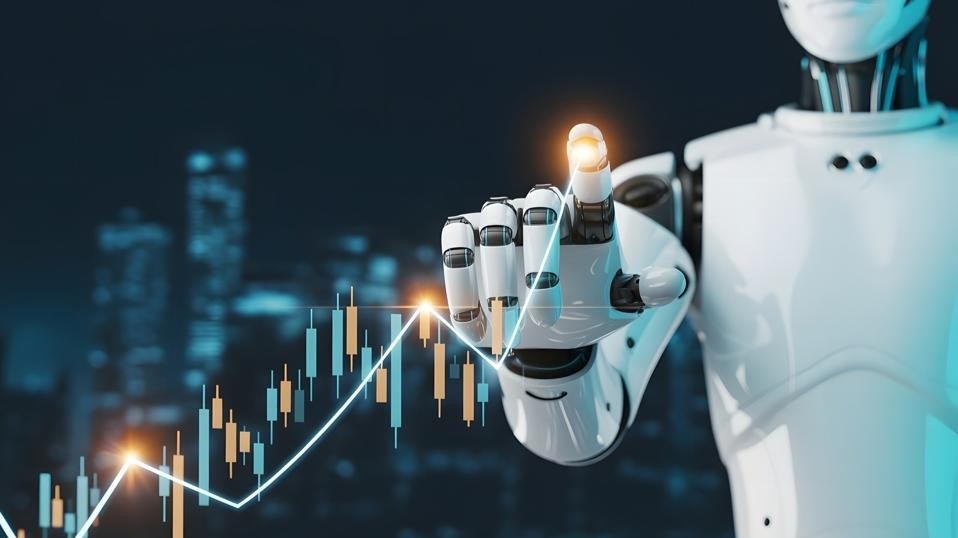The Disruptive Economic Impact Of Artificial Intelligence
31 October 2022
I firmly believe that artificial intelligence (AI) has the potential to be among the most disruptive technologies we will ever develop. So why – more than 50 years since the first machine learning research – is its impact still, in many ways, limited?

This is the question at the heart of a new book called Power and Prediction - The Disruptive Economics of Artificial Intelligence, co-authored by Joshua Gans, along with Ajay Agrawal and Avi Goldfarb.
I got the chance to once again catch up with Gans, holder of the Jeffrey S Skoll Chair of Technical Innovation and Entrepreneurship at Toronto’s Rotman School of Management.
The last time I spoke to Joshua, he had just released his first book, Prediction Machines – The Simple Economics of Artificial Intelligence.
The new book picks up where that one left off. Following on from making the arguments that the true value of AI and machine learning is its ability to make predictions, the trio follow it up by setting out the theory that the true value of AI will only be realized when organizations are designed to harness it from the ground up.
To illustrate this point, the book uses the example of electricity. Many decades passed between the first practical demonstrations showed how electrical power could be harnessed and when it began to be put to widespread use.
During these years, electricity was applied to what Gans and his co-authors call “point solutions” – switching out existing systems (such as lighting, for example) for more efficient electrical replacements.
Although this undoubtedly led to efficiencies, it wasn’t until the true value of electricity was discerned (in this case, allowing power use to be decoupled from its source) that the technology became truly transformational.
Gans tells me “Whereas the primary benefit of electricity was that it decoupled energy from its source, which facilitated innovation in factory design, the primary benefit of AI is that it decouples prediction from the rest of the decision-making process, which facilitates innovation in organizational design via reimagining how decisions interrelate with one another.”
Decoupling prediction from the rest of the decision-making process enables a shift from merely lowering the cost of predictions to creating vastly more productive systems. It is only when this is widely understood, Gans says, that AI will achieve its transformational potential.
This means that right now, we are in "between times" for AI – which happens to be the subject of the book's first chapter. This era is analogous to the period between about 1890 and the 1930s where, although we could see that electricity was hugely transformational, the systemic uses that would change the world – such as the widespread electrification of factories and then homes – had not yet been established.
Gans says, “What we did was look back at the history of other large, transformative innovations and try to tease out lessons that we can apply to AI…. There are some interesting features about the adoption of electricity by businesses. It took many decades to power machines by electricity, typically, machines were powered by some form of water generation of power, and that was a difficult thing because it needed some form of power coming into the factory at a single point.”
Typically, this meant steam power – a hugely inefficient method of generating kinetic energy in machinery where a large amount of the power is simply lost into the air as heat. This meant that far more power had to be generated than was needed to run the machines.
“[electricity] only changed the economy when new systems developed. That change was profound and shifted power to those who controlled electricity generation and grids and to those who could use electricity at scale in mass production. You didn't want to be a manufacturer of belts and pulleys after that or a holder of downtown factory real estate," Gans explains.
Gans and his co-authors make the convincing argument that the same process is now underway with AI, and it will be those taking the initiative to design, develop, deploy and ultimately own new systems that will emerge as leaders of the new AI-powered economy.
In this book, this leads up to the interesting point that “We need to ask a fairly straightforward, but potentially hard to answer question. Given what we now know about AI, how would we design our products or services or factories if we were starting from scratch?”
One of the industries that the book specifically points towards as having the potential to develop these "system level" applications of AI in healthcare. So far, we have seen AI used to assist with diagnosing patients by applying machine learning technologies such as computer vision to the task of analyzing medical images like x-rays and MRI scans for signs of disease and illness. This undoubtedly has the potential to drive efficiencies and augment the work of human medical practitioners.
“AI will be able to improve that diagnostic process, and you'll be able to help more patients that way," Gans says.
"But what happens if we think larger? It's not just about diagnosing; it's the recovery and treatment."
He puts forward the example of a hospital where AI is widely integrated into systems, enabling practitioners to more accurately predict patient needs. Many patients are admitted before doctors have had a chance to make a diagnosis, meaning no-one knows how long the beds they are occupying will be taken up for. This makes it very hard to assign resources and forecast demand.
A systemic use of AI could involve predicting how long every newly admitted patient would be in for. It may be able to predict when particular patients can safely be discharged and treated as outpatients and when it's safest to keep other patients in for observation until doctors understand what their condition is.
Enabling better allocation of resources thanks to systemic implementations of AI, Gans tells me, “would mean the hospitals you have can be smaller. They can be more distributed, to be where people [who need them] are, things like that. That’s the kind of transformation … you start thinking, ‘ok, I’m looking for sources of uncertainty, and one of the biggest sources of uncertainty in healthcare is that I have to keep patients under observation, not because I can fully articulate what might occur but just because something might occur.
“So, I’m very risk averse – but if I’m given AI, I might have more confidence … and that's good for everybody."
It's an interesting argument, and the book that Gans and his co-authors have published makes a strong case for developing system-level AI applications in organizations and institutions in healthcare and beyond. Overall, it aims to address a problem that isn't unique to AI but can be seen reflected in the impact of technology in general. A quote from Robert Solow of MIT that is highlighted in the book goes, "We see the computer age everywhere but in the productivity statistics." It seems likely that the ideas that will break this status quo are out there and waiting to be implemented, and hopefully, books like this one will set us off on the path toward finding them.
You can click here to watch my interview with Joshua Gans, Jeffrey S. Skoll Chair of Technical Innovation and Entrepreneurship and Professor of Strategic Management at Toronto's Rotman School of Management.
Related Articles
5 ESG Trends That Will Shape Business in 2026
By now, “smart” versions exist of just about every home appliance, gadget and gizmos we can think of. However, manufacturers continue[...]
The 5 Robotics Trends In 2026 You Must Get Ready For Now
By now, “smart” versions exist of just about every home appliance, gadget and gizmos we can think of. However, manufacturers continue[...]
Sign up to Stay in Touch!
Bernard Marr is a world-renowned futurist, influencer and thought leader in the fields of business and technology, with a passion for using technology for the good of humanity.
He is a best-selling author of over 20 books, writes a regular column for Forbes and advises and coaches many of the world’s best-known organisations.
He has a combined following of 4 million people across his social media channels and newsletters and was ranked by LinkedIn as one of the top 5 business influencers in the world.
Bernard’s latest book is ‘Generative AI in Practice’.






Social Media